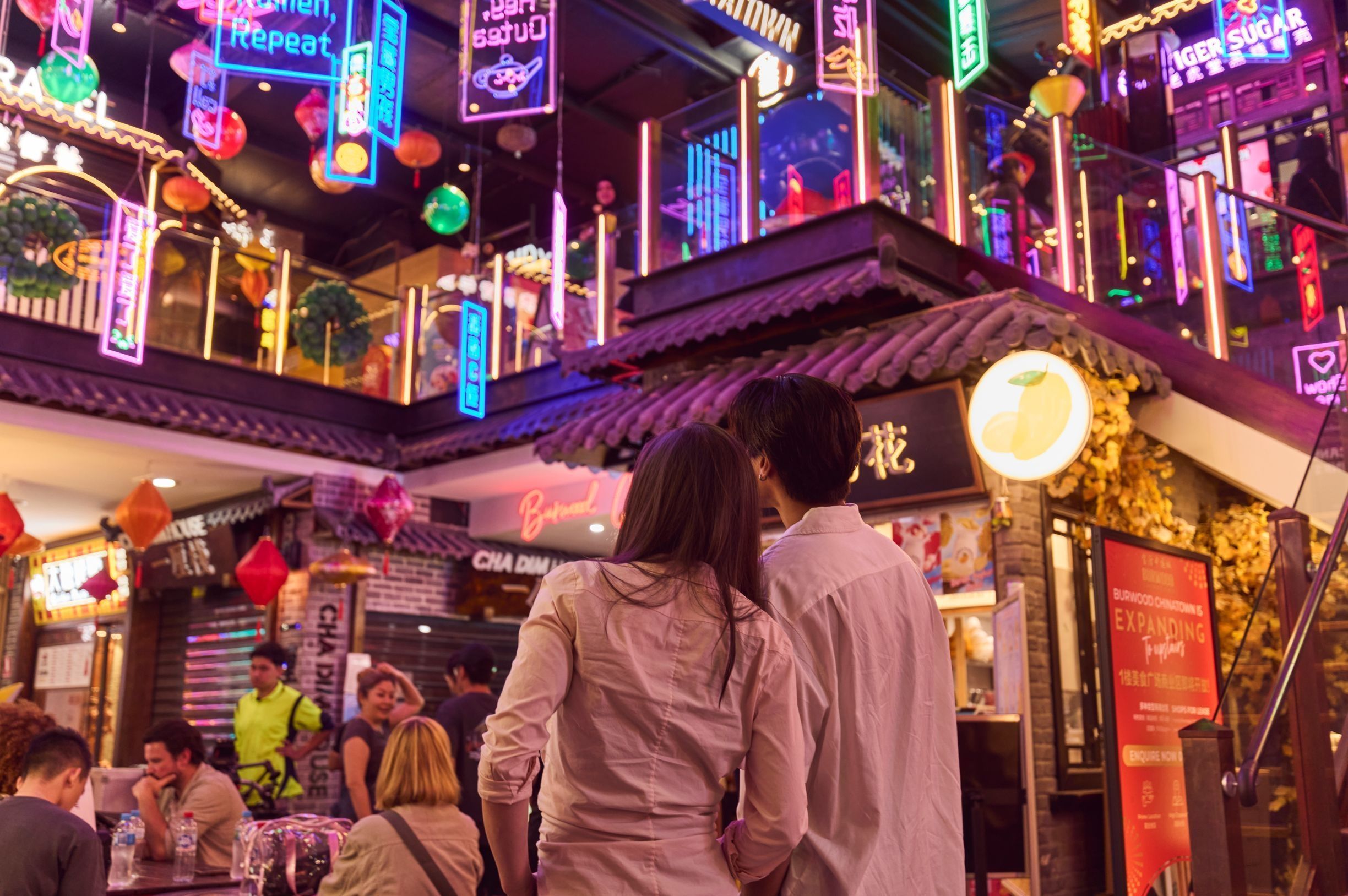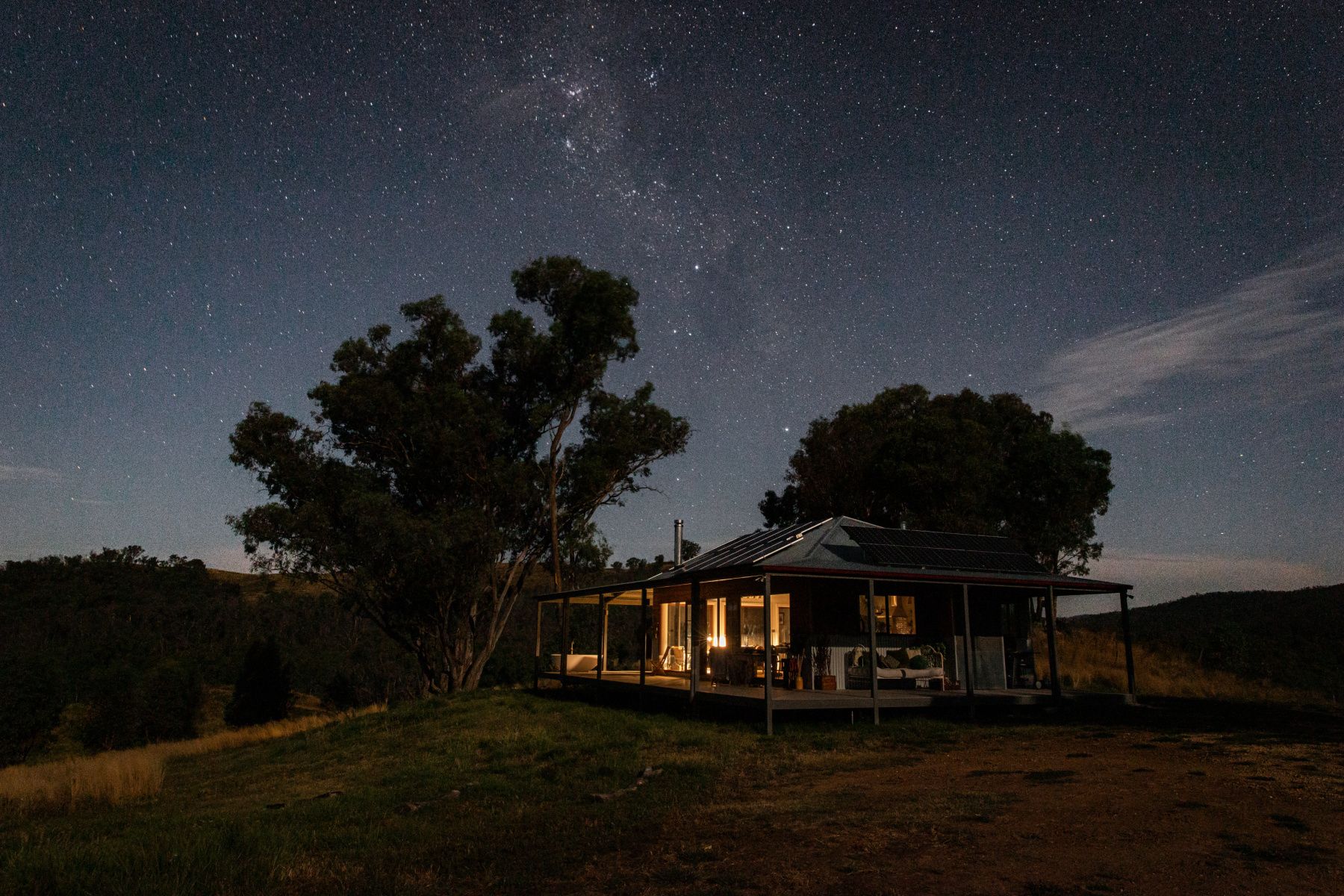The NSW night-time economy is worth $102 billion a year, employs a fifth of all workers and supports more than 53,000 core businesses, including music venues, restaurants, bars and leisure activity providers.
These are some of the insights from Data After Dark, a pioneering new platform released today that will track growth and changes in economic activity across the state between 6pm and 6am.
Data After Dark, which draws from multiple information sources, including Opal travel data and spending transactions, will create a baseline to track the impact of the NSW Government’s Vibrancy laws that are cutting red tape and tearing up the restrictions that have strangled nightlife and the night-time economy.
The Vibrancy Reforms have:
- Torn up “no entertainment” clauses and bizarre restrictions on what genres of music venues can play
- Made outdoor dining permanently available
- Stopped single neighbour noise complaints from shutting down pubs and other licensed venues
- Required property buyers to be notified when they are moving into an entertainment zone to reduce friction between venues and neighbours
- Ended the outdated rule that prevents people living within five kilometres of a registered club from signing in without first becoming a member
- Binned restrictions that prevented patrons from standing while drinking outside a licenced premises
Businesses and the public will have free access to quarterly updates of Data After Dark, while NSW Government, its agencies and participating councils will be able to access live information via a world-first dashboard feed.
In the three months to June 30, the report found spending in person on Saturday night eclipsed Thursday night ($50.8 million vs $46.7 million). In the March quarter, Thursday night had recorded the most spending at night.
At a business level, the biggest growth over the past year has been in takeaway food and sports and physical recreation services, including gyms, while liquor retailing and gambling have recorded declines in their share of the night-time economy.
Other insights from the June quarter:
- More businesses opened, including an additional 1197 core night-time businesses year-on-year
- Public transport recorded year-on-year growth of 4.4 per cent, with 35.7 million Opal tap-offs at night
- People in NSW made 464 million night-time trips across all transport modes
- Night-time in-person spending was $3.57 billion - or 16.9 per cent of the 24-hour total.
By location, the Eastern Harbour City which includes the Sydney CBD, eastern suburbs and inner-west, represents 52 per cent of the total night time economy across the “six cities” that incorporates Newcastle, Wollongong, Central Coast, the Parramatta area and the Western Parkland City beyond.
Data After Dark will be launched by Minister for Music and the Night-time Economy John Graham at the second annual NEON Forum in Sydney today which brings together the world’s leading experts on night-time economies, hosted by the NSW Office of the 24-Hour Economy Commissioner.
Quarterly reports can be accessed here
Minister for Music and the Night-time Economy, John Graham said: “A strong night-time economy is critical to a global city like Sydney and the centres of commerce right across NSW.
“The insights that Data After Dark provides will help business and government understand this part of the economy better and make the most informed, data-led decisions on how to grow its contribution.
“The platform leverages a wealth of information on night-time trading, safety and mobility to tailor policy like never before. This is a world-leading tool to monitor the night-time economy.
“As part of the Minns Labor Government’s Vibrancy Reforms we are stripping back red tape and ending some of the frustrating rules and restrictions that have stopped people enjoying time outside the home after hours."
24-Hour Economy Commissioner Michael Rodrigues said: “Previously there has been no real baseline dataset that offers an insightful health check of our night-time economies across the State. Data After Dark fills that gap as the first of its kind tool that establishes a set of universal measures for night-time economies.
“The application of reliable and consistent data will help State agencies and local councils as they work with the private sector and communities to build lively and safe going out districts. We also now have a tool to make sure we can measure the performance of new initiatives and programs.”
Jeremy Gill, Head of Policy, Committee for Sydney said: “Sydney’s night-time economy is buzzing again. To ensure it meets the needs of all Sydneysiders, we need to know who’s involved, how they’re engaging with it, what they want and what that looks like in different parts of the city.
“Great data is central to this. The Data after Dark platform gives us insights into the current state of affairs and empowers us to advocate for policies that can effectively address our challenges and seize the opportunities ahead.”
.jpg?rect=0,126,2448,1377&w=320&h=180&fit=min&auto=format)
.jpg?rect=0,68,3200,2000&w=320&h=200&fit=min&auto=format)
.jpg?rect=0,8,1620,1013&w=320&h=200&fit=min&auto=format)
.jpg?rect=0,38,1800,1125&w=320&h=200&fit=min&auto=format)